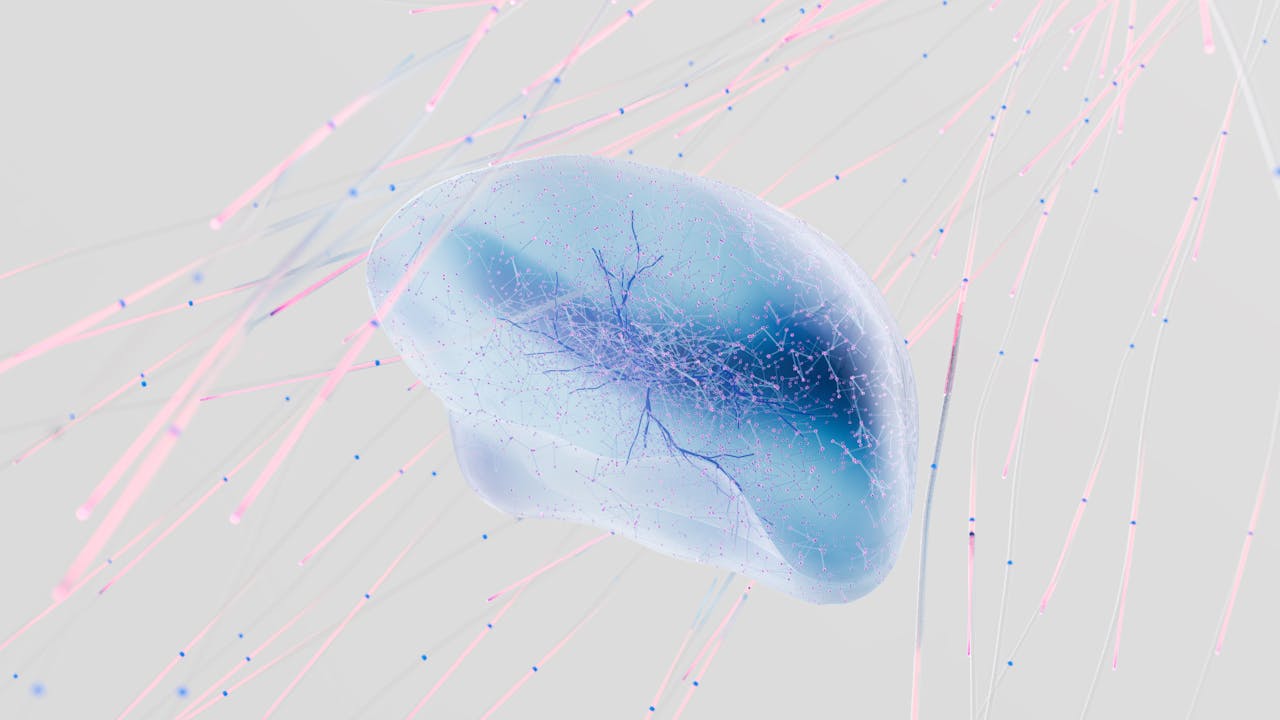News
Hubble Space Telescope Just Found The Most Distant Lensing Galaxy Ever
Astronomers with the help of NASA's Hubble Space Telescope have unexpectedly discovered the farthest galaxy that acts as a cosmic magnifying glass. The elliptical galaxy is seen as it looked 9.6 billion years ago.
Lensing galaxies are so massive that their gravity magnifies, bends and distorts light from objects behind it. It is rare to find one in such a small area of the sky.
The light of the newly discovered galaxy has taken 10.7 billion years to arrive here and seeing this chance alignment at such great distance from Earth is a rare find.
"When you look more than 9 billion years ago in the early universe, you don't expect to find this type of galaxy lensing at all," explained lead researcher Kim-Vy Tran of Texas A&M University in College Station, in the press release. "It's very difficult to see an alignment between two galaxies in the early universe. Imagine holding a magnifying glass close to you and then moving it much farther away. When you look through a magnifying glass held at arm's length, the chances that you will see an enlarged object are high. But if you move the magnifying glass across the room, your chances of seeing the magnifying glass nearly perfectly aligned with another object beyond it diminishes."
Researchers used the gravitational lensing from the chance alignment to measure the giant galaxy's total mass that included the amount of dark matter.
"There are hundreds of lens galaxies that we know about, but almost all of them are relatively nearby, in cosmic terms," said Kenneth Wong, first author on the team's science paper. "To find a lens as far away as this one is a very special discovery because we can learn about the dark-matter content of galaxies in the distant past. By comparing our analysis of this lens galaxy to the more nearby lenses, we can start to understand how that dark-matter content has evolved over time."
The findings are published in the The Astrophysical Journal.









Join the Conversation